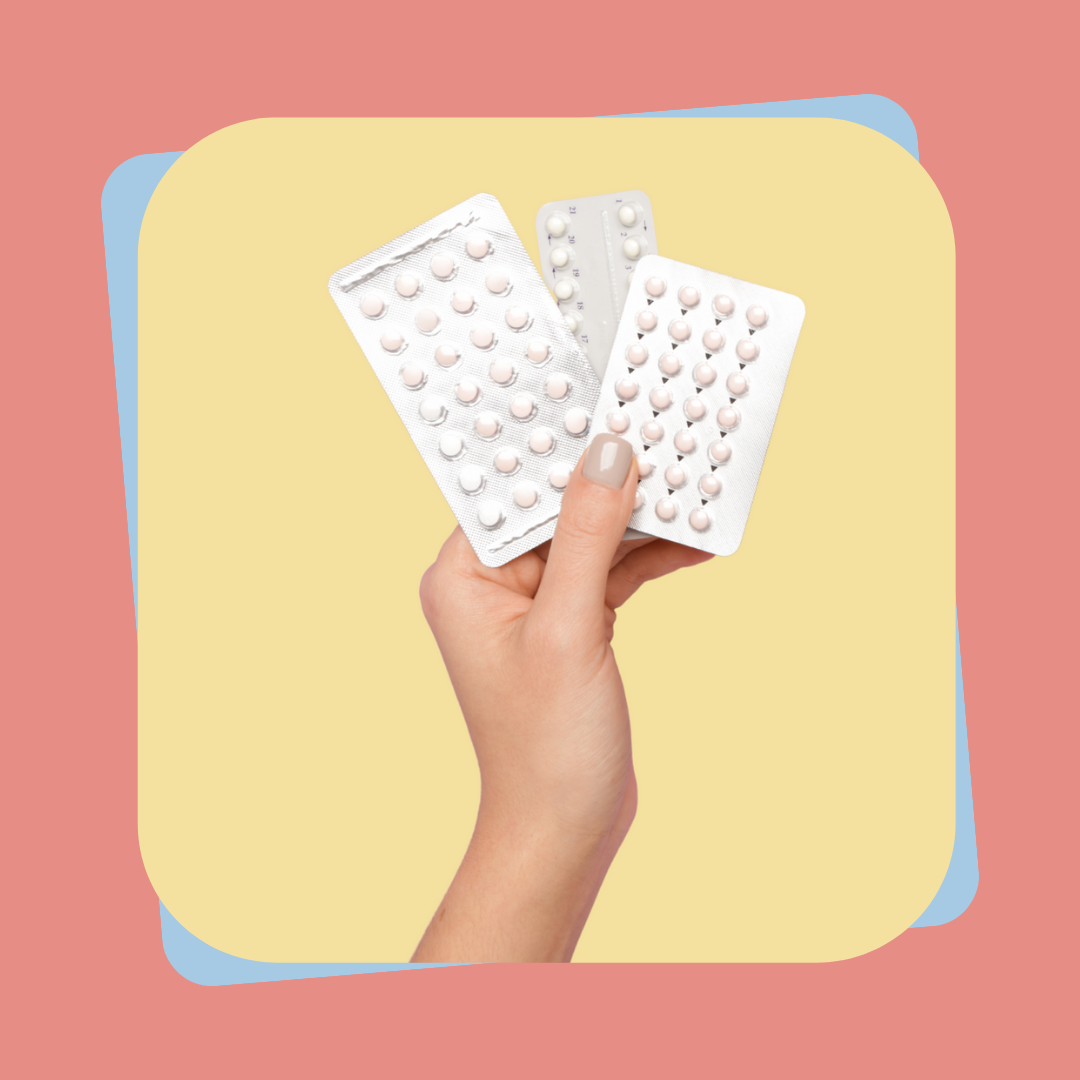
The different types of contraception
Breaking down birth control 💛

Quick summary 📝
1️⃣ Contraception, or birth control, prevents pregnancy during sexual activity and reduces the risk of STIs
2️⃣ Various types of contraception are available, both hormonal and non-hormonal methods
3️⃣ Each method works differently, and individuals should consider their preferences and lifestyle before choosing one
4️⃣ To make an informed decision, consult a GP or Sexual Health Clinic for a more detailed discussion about the available options
--------------------------------------------
It’s important and helpful to understand what contraception is and make an informed decision about which method is right for you if or when you choose to use it. So, here’s an overview of what contraception is and which types are available 🙌🏽
What is contraception?
Contraception is another way of saying “birth control”, which is basically any method that stops a pregnancy from happening. It allows people to have safe sex, with a much lower risk of becoming pregnant 💡
Why do we need it?
As mentioned, contraception is important when having sex if you don’t want to have a baby 🙅♀️
Some types of contraception are also protective against sexually transmitted infections (STIs), because they act as a physical barrier 🛑 And most methods of contraception don’t affect your future fertility (ability to have a baby) ❤️
What types of contraception are there?
There are lots of options for contraception, and they all work in slightly different ways. So luna’s got a general overview of each one below.
💛Condoms
These are one of the most commonly used methods, because they are easy to use, form a physical barrier (so also protect from STIs) and don’t tend to cause side effects – unlike any hormonal methods, which might affect a person’s mood, appetite or skin
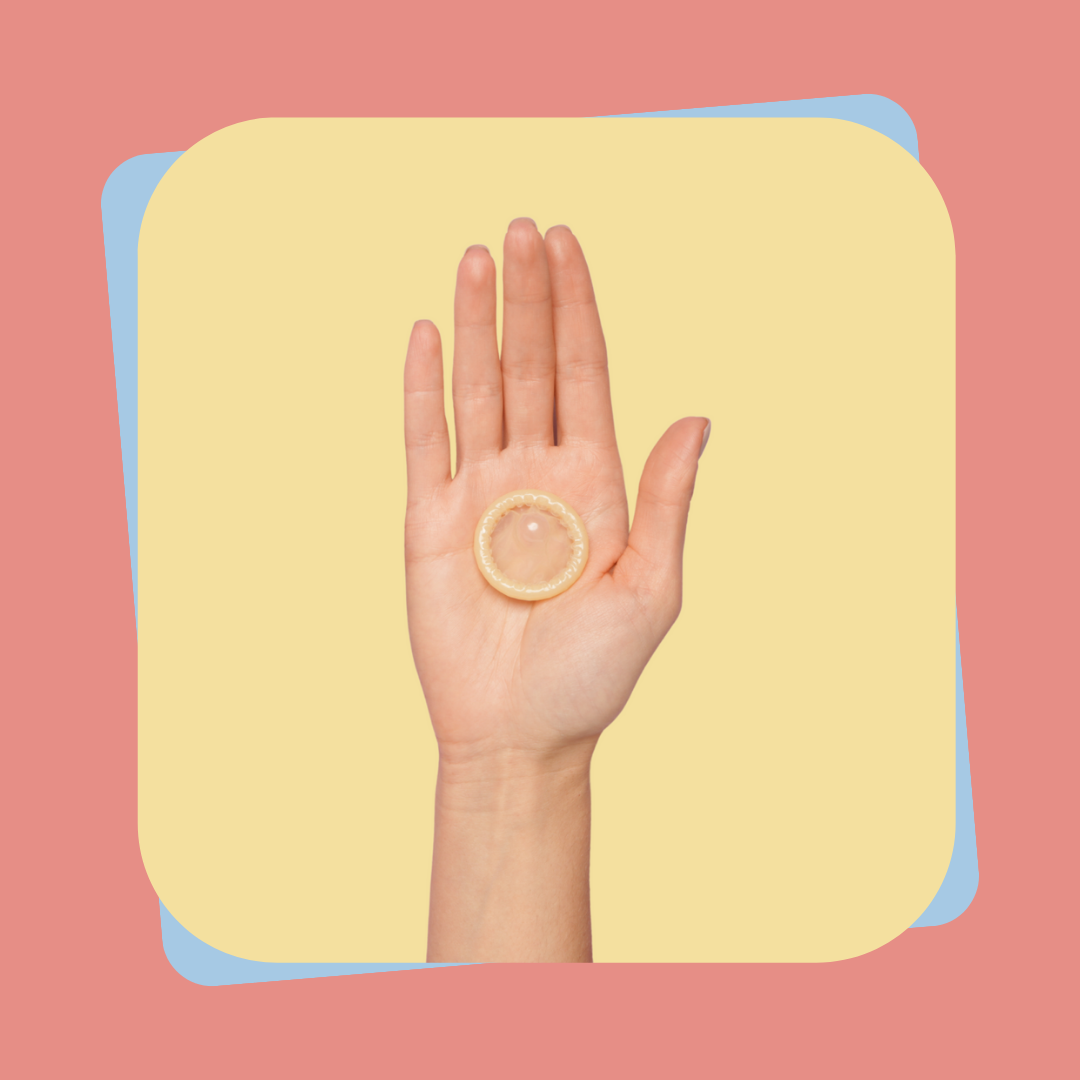
💛“The pill”
This is actually an umbrella term for multiple types of pill which work by affecting the hormones of a menstruator, stopping them from allowing a pregnancy.
The hormones they affect are progesterone and oestrogen, which are two of the most important hormones in a menstruator’s cycle.
These pills can also be used for other things like period control, some reproductive illnesses, and acne, but they have potential side effects which some people experience including mood swings and breast tenderness. They also have to be taken reliably 🫡
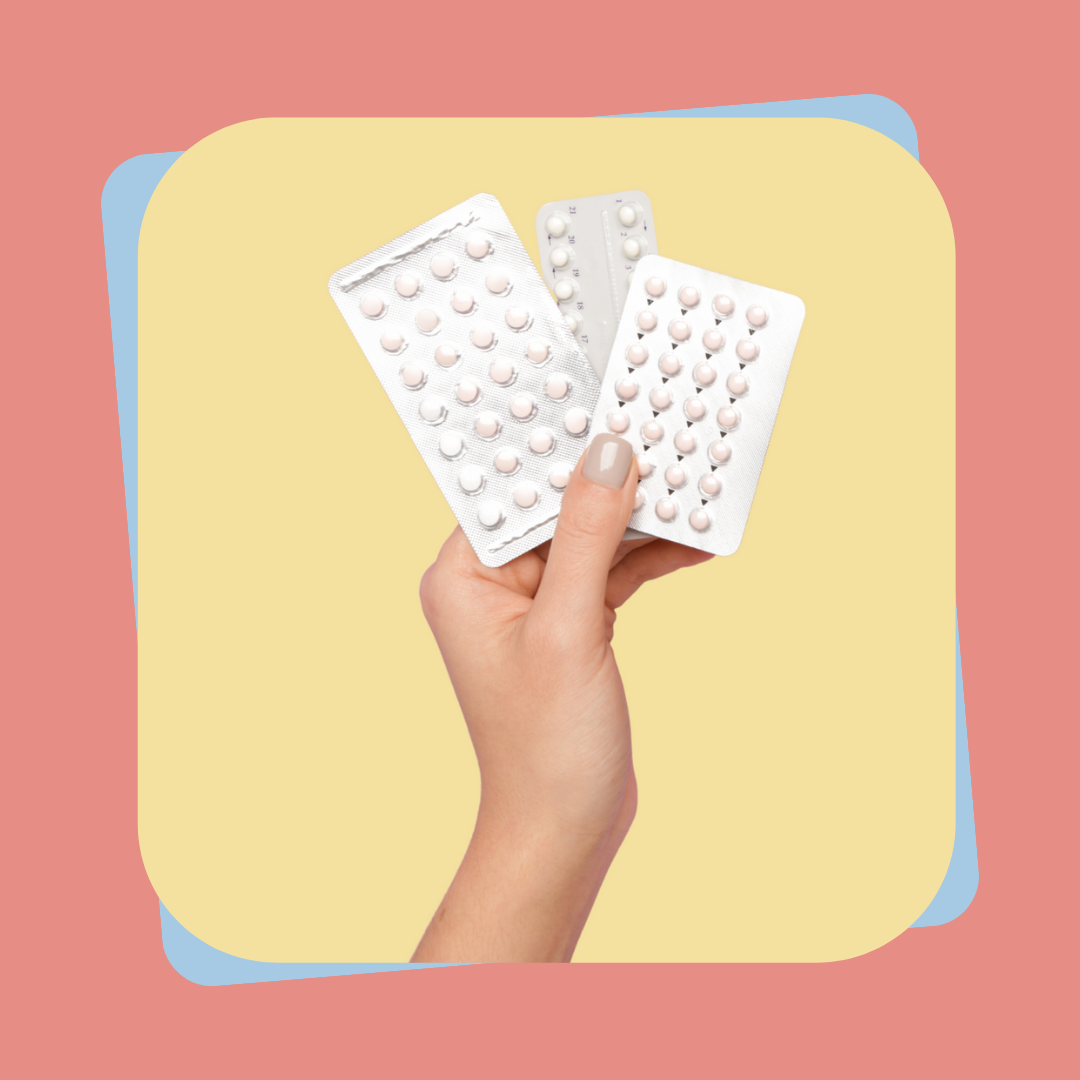
💛Implant
An implant is a short rod which is injected just below the surface of the skin, usually in the arm, which gradually releases progesterone, meaning fertilisation (when the egg meets a sperm) isn’t able to happen.
It needs to be replaced by a medical professional every 3 years.
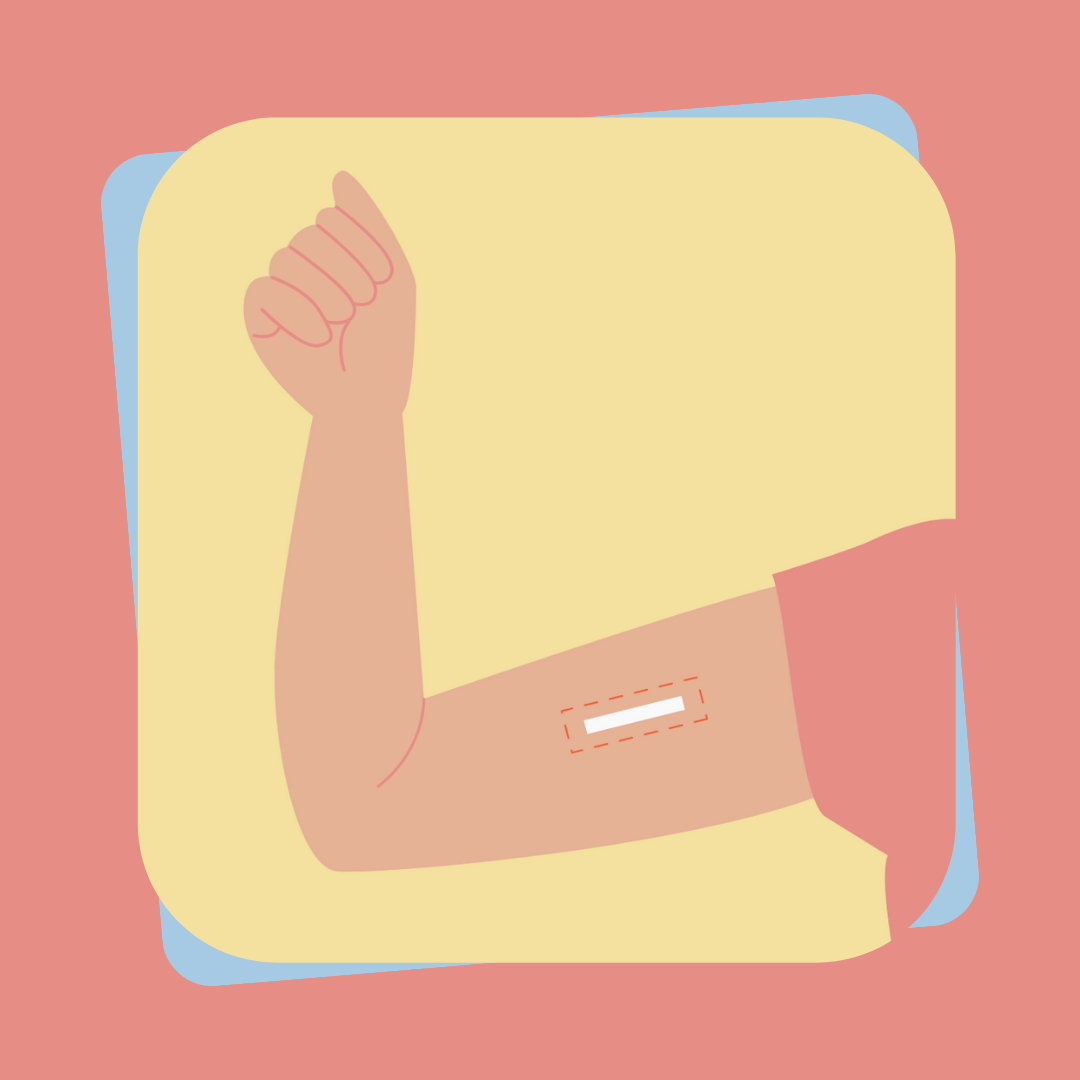
💛“The coil”
It’s essentially a small coil that’s inserted into the womb (uterus) and controls implantation, which is when an embryo attaches to the uterus to grow.
This either releases hormones or copper, depending on which type is given.
These need replaced every 5 or 10 years, depending on the type 💡
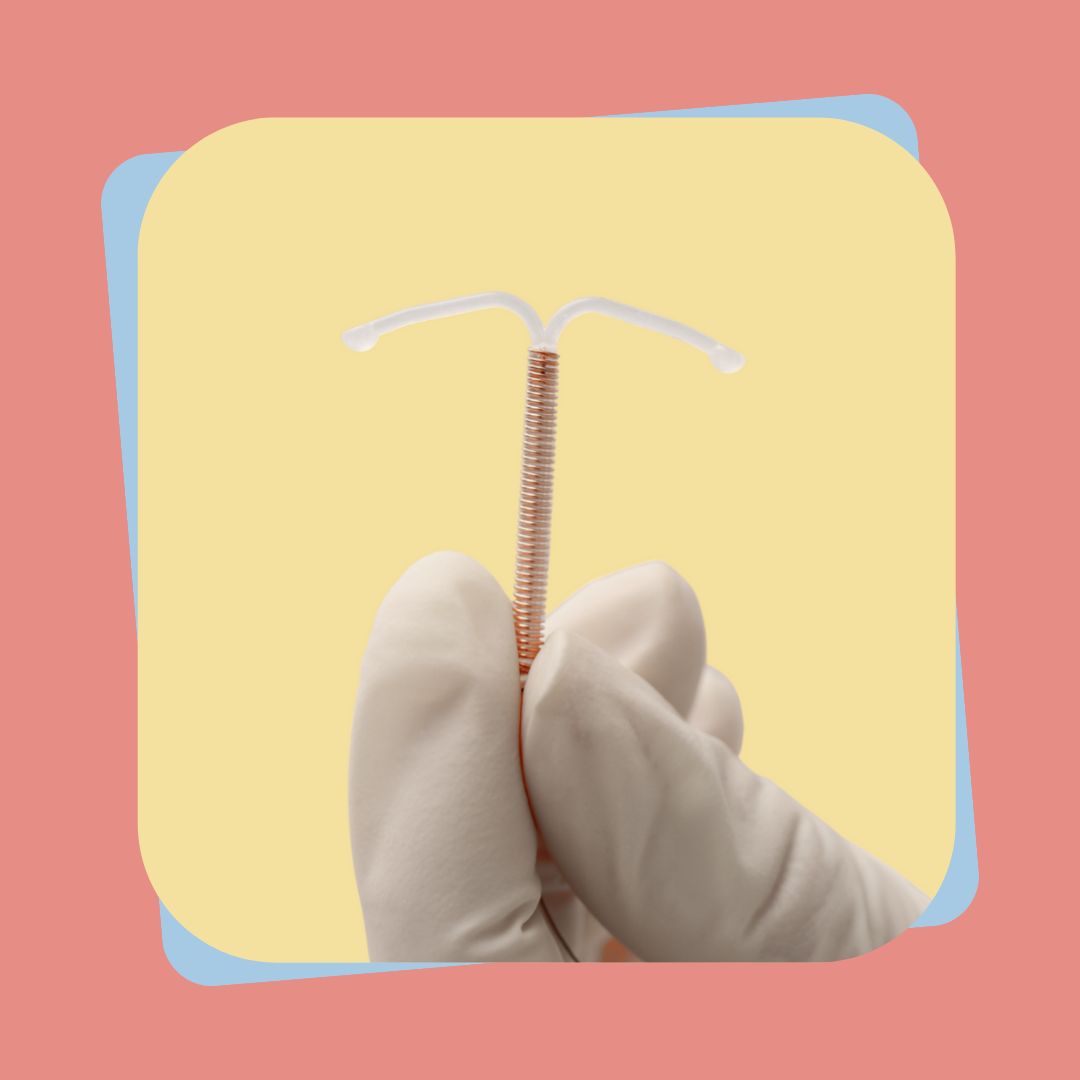
💛 “The injection”
The injection provides a slow release of progesterone which prevents ovulation (the release of an egg each month).
It’s given between every 8-13 weeks depending on the type of injection used, usually into the bottom, thigh or upper arm.
It’s important to know that with this method of contraception, it can take up to a year before your periods return to normal and you are able to become pregnant.

💛Patch
This is like a sticker that releases hormones through the skin and lasts for 1 week before needing changing.
It can go onto most areas of the body (except breasts and anywhere sensitive or irritated), as long as it’s clean and isn’t likely to be rubbed off!

💛Vaginal rings
This is a small silicone ring which releases hormones to prevent pregnancy. It lasts for a month before it needs to be changed.
Rings are often not used completely correctly, so they should be used alongside a spermicide (a chemical which kills sperm).
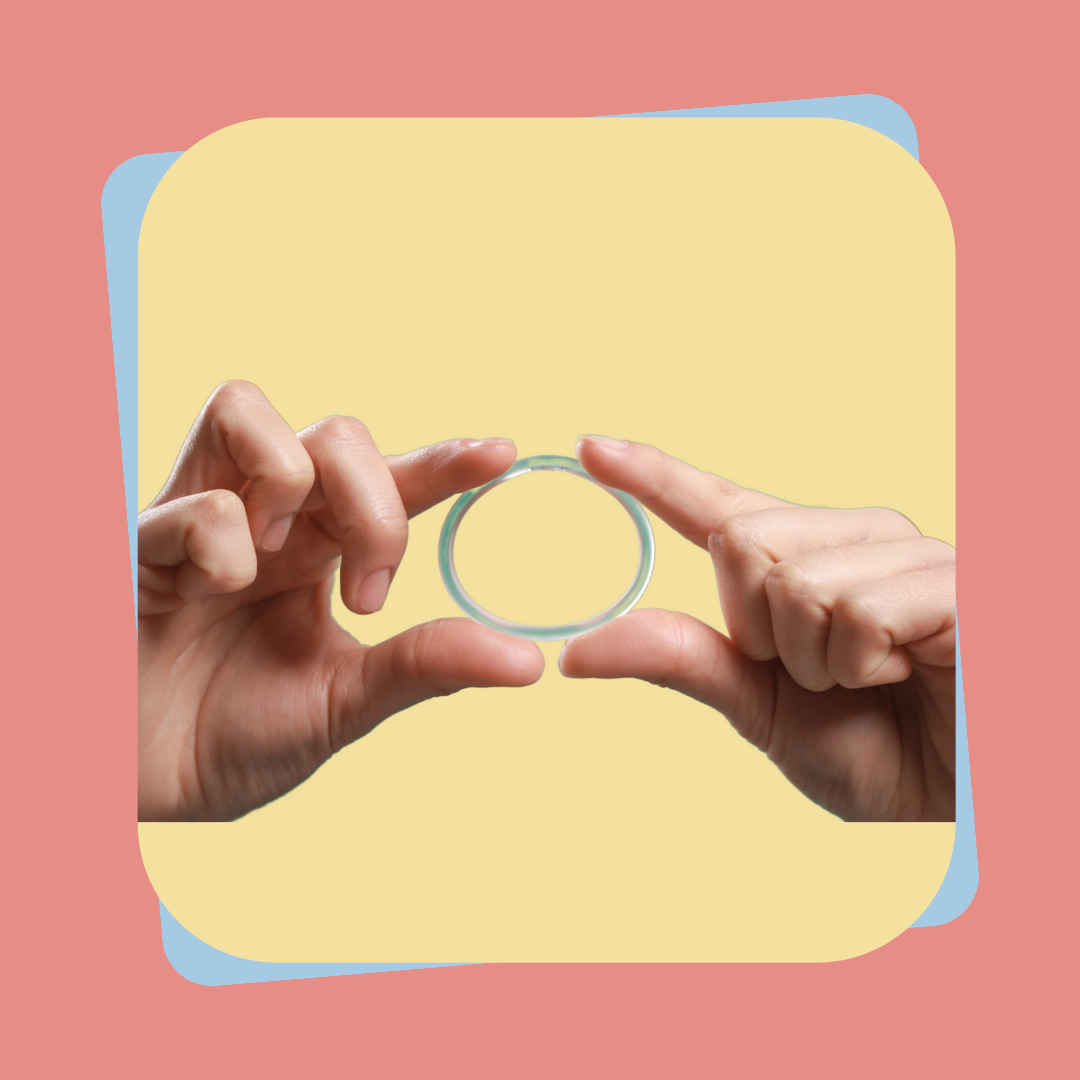
💛Diaphragms
This is sometimes called a ‘cap’ and is a thin, silicone dome which is inserted into the vagina before sex. Diaphragms can often be used wrong, so are usually used with a spermicide too!
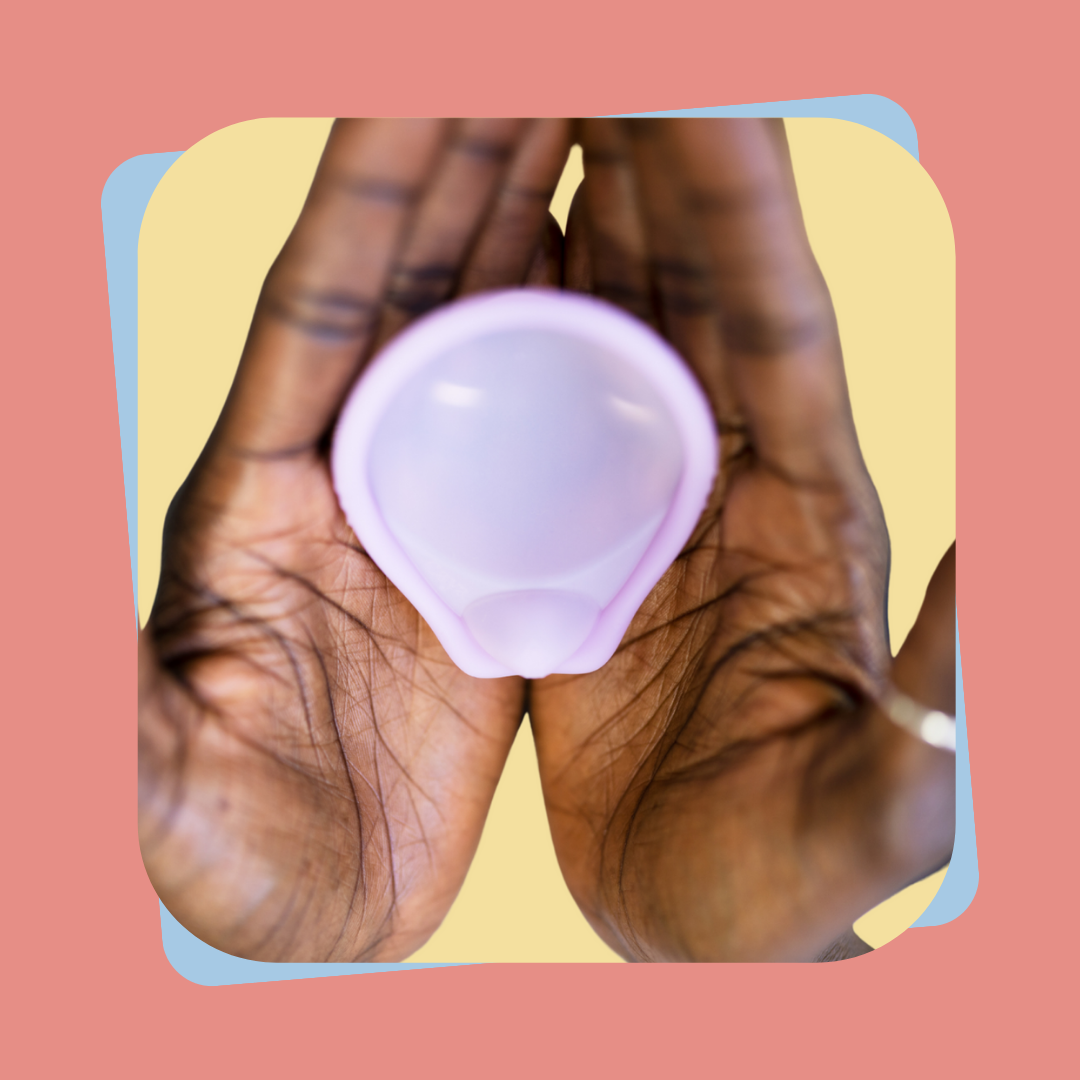
💛Sterilisation
This is essentially a surgical process which makes it impossible to become pregnant. It exists for menstruators and non-menstruators, but it’s slightly different.
For menstruators, the fallopian tubes (the tubes which the eggs travel down towards the uterus) are ‘tied’ so the egg can’t pass.
For non-menstruators, a ‘vasectomy’ cuts the tube which sperm travels through, so the semen doesn’t contain sperm. Because these are permanent, they’re generally not used unless someone is past the age they might want to have children.
Whichever method of contraception you’re on, or looking to try, luna wants to make sure you know about all the options available – as there isn’t one perfect, or one-size-fits-all, choice.
If you’d like to change yours, or start on one, the next steps would be visiting your GP or a Sexual Health Clinic to discuss your options in more detail. Don’t be afraid to ask questions – you are in control of your own body, and should feel empowered in whatever choice you make 💜✨

